Depth of Field vs. Depth of Focus
At some point in your visual creative journey, you will run into the term depth of field. It is a very old term and sometimes it’s not clear as to what it means. About a year ago, I switched it very slightly for my students and they felt that this other choice of words made more sense. I surely did not come up with this phrase, but from this point, I will be talking about depth of focus.
We know by now that a camera lens does not focus at multiple distances at the same time. There is only one place that will be in perfect focus from the focal plane, and that is determined by where you focus the lens. Whether you use autofocus or manual focus is not relevant. The number of focus points your camera has is not relevant. When we focus a lens, there is only one focal plane to subject distance that is in perfect focus.
Yet we see that some areas in front of, and some areas behind our point of focus can also look sharp and that range can be different depending on some specific criteria. This zone that we perceive as being sharp versus the area that we perceive as being soft is what we are calling the “depth of focus”. This subject is the same whether we shoot stills or video. The graphic here, which is from photographylife.com, visually shows the idea. (Substitute depth of focus where it says depth of field for clarity.)
Figure 1: Graphic courtesy of photographylife.com
Depth of Focus Criteria
There are primary criteria that work together to determine the depth of focus at any given distance:
Camera Sensor Size
The larger the camera sensor, the smaller the depth of focus at any given distance, lens and aperture setting, than on a smaller sensor.
Example: A lens on a full-frame camera has less depth of focus than an equivalent field of view lens on a crop sensor camera at a given distance and aperture.
Lens Focal Length
As the lens focal length increases, depth of focus decreases at all settings compared to a smaller focal length lens. This happens in zoom lenses as well.
Example: At any given distance and aperture, there is less depth of focus at 250mm than at 55mm on a 55–250mm zoom.
Aperture
As the lens aperture decreases in size (gets smaller) and the aperture number goes higher, depth of focus at a given distance and focal length increases.
Example: For any lens at a specific focal length and a specific subject distance, there is more depth of focus at f/22 than there is at f/1.4.
Subject Distance
As the distance between the camera focal plane and the subject decreases, so does the depth of focus for any given focal length and aperture.
Example: A 100mm macro set to f/16 has much less depth of focus at a subject distance of 10cm than when the subject distance is 1m.
What is the Focal Plane?
Your camera has a small symbol on the top deck somewhere that looks like a circle with a line through it. The line is typically parallel to the face of the lens mount.

The position of this mark tells you where the focal plane is. For digital cameras, this is the location of the front of the sensor. When you focus a lens, the light gets focused on this position. Light that focuses in front or behind this position is going to be out of focus.
What Should Be in Focus
Very small sensors such as those found in smartphones have lots of depth of focus because the lens focal length is very short, the apertures are not particularly wide, and the sensor is so very small. This results in images where most all of the field is nominally in focus. While this sounds good enough, it is actually contrary to what artists want. We want to drive the eye of the viewer to a subject in our image and have the rest of the image be slightly softer so as not to create confusion over what the subject is. We read a lot about the demand for bokeh, however misunderstood it is, or shallow depth of field. We only get that with larger sensors, longer focal lengths and optically faster lenses. Trying to get everything in focus will likely detract from the story that you are trying to tell.
How Depth of Focus Works
Depth of focus is a mathematical construct, and I won’t go deep into the math here. To find out the specific depth of focus, you can use an app like PhotoPills where you select the camera, the lens, the aperture and the focus distance and it will tell you the depth of focus. Whatever that depth of focus is, it starts in front of the subject and ends behind it.
Figure 2: Image courtesy sfu.ca shows how depth of focus works
Let’s suppose that our subject is 20 feet away and that we focus on it. Let’s say that the app tells us that for our camera, lens and aperture, the the total depth of focus is 3 feet. That means that focus will come in at 19 feet and go out at 22 feet and anything in that space will be acceptably sharp, and anything out of it will be blurry and increase in blurriness as the distance from the subject, either in front of or behind, increases.
Seeing Depth of Focus
For years, DSLR (camera that has a mirror) users could not see the depth of focus without pressing the depth of field preview button. To be frank, many users found this a waste of time because the button would stop the lens down to the shooting aperture. This would reduce the amount of light coming to the viewfinder, thereby making it harder to see the subject and the depth of focus.
Figure 3: This image, courtesy Canon Europe, shows that Exposure Simulation is active.
With the advent of Live View and Electronic Viewfinders, we now have an opportunity to see depth of focus in real time. Most DSLRs have Live View and by default use it in Exposure Simulation mode, meaning the lens gets stopped down for the exposure and the LCD shows you what the image will look like including the depth of focus. Mirrorless cameras only ever read from the sensor and show you Exposure Simulation in real time, which is handy. Proper video cameras have no optical path and you always see the exposure and depth of focus as it will happen when recording.
Conclusions
Depth of focus is a critical subject when you wish to improve your visually creative subjects. Taking the time to learn how it works and to practice it will give you more control and result in better images.
If you have questions about this or any other subject, please leave a comment below.
Until next time, peace.

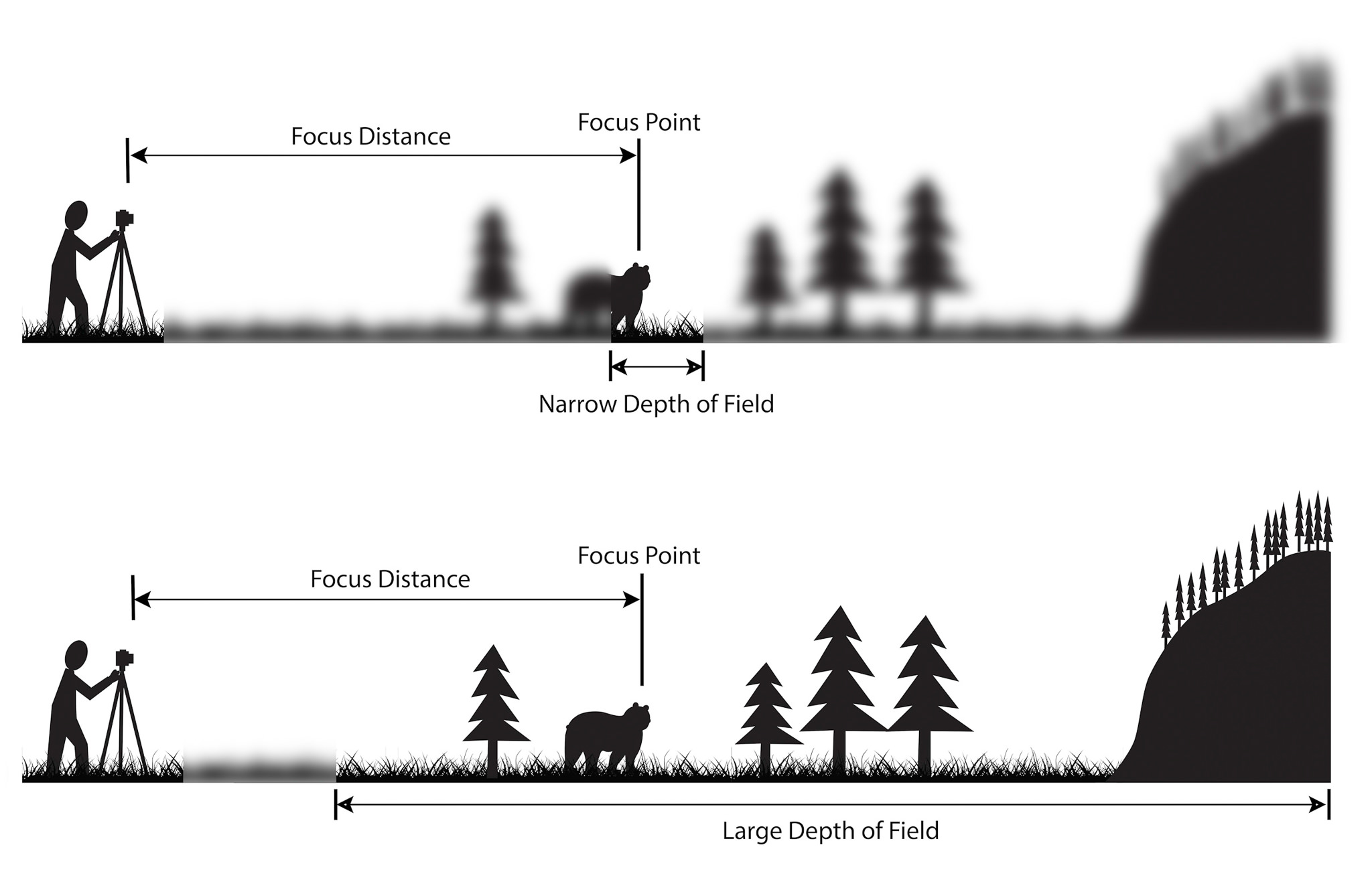
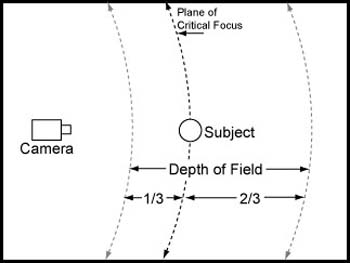
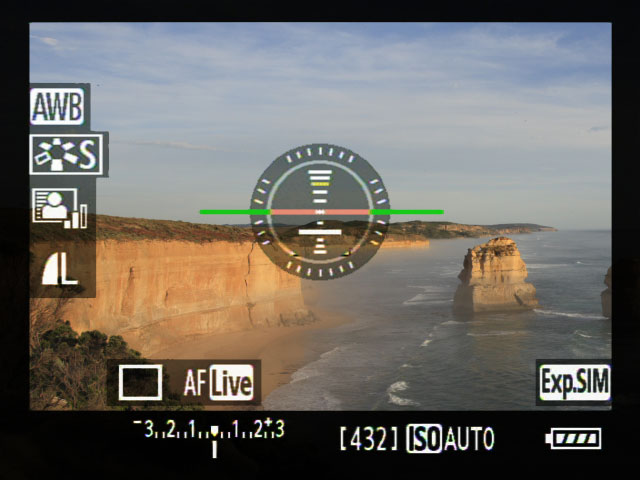
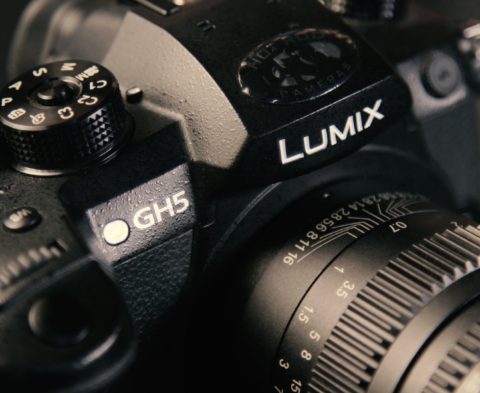
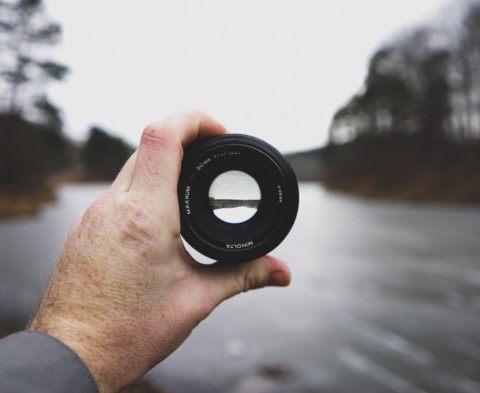

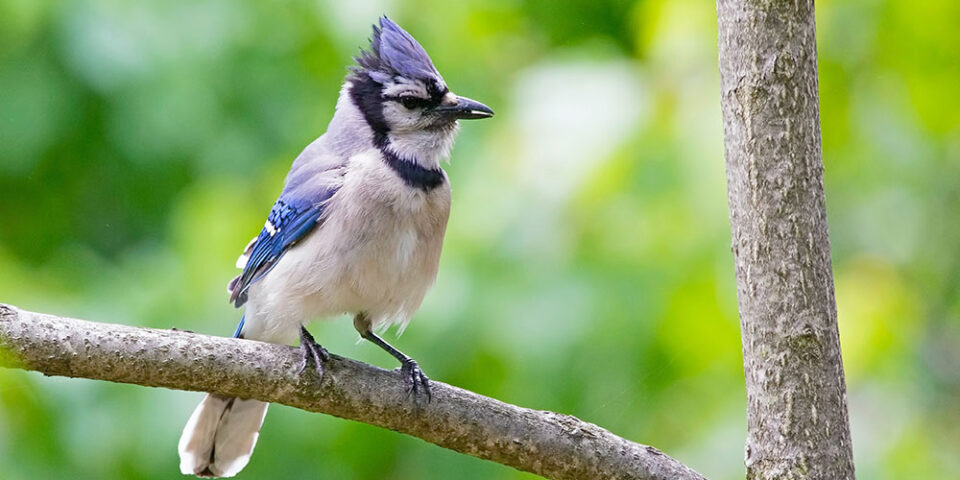
COMMENT (1)
Pingback: The Road to Learning in Photography | Photography and video news, reviews and tips | Henry's Camera